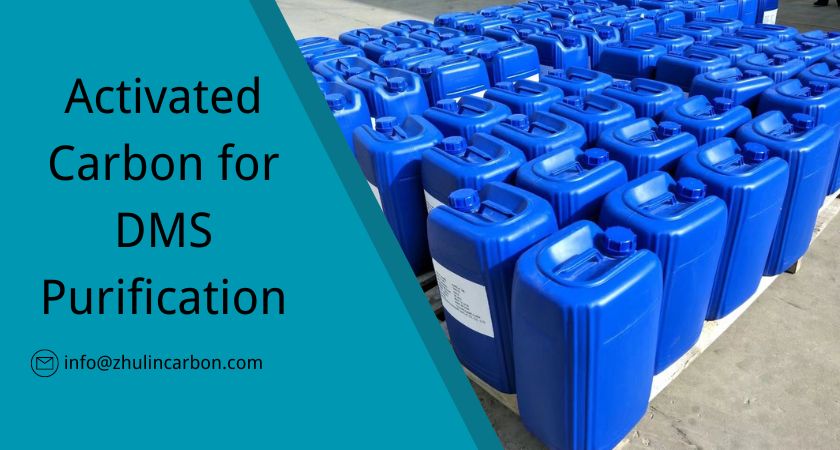
DMS Gas Removal Methods
Physical Methods
• Adsorption:This method utilizes adsorbent materials like activated carbon and molecular sieves to capture DMS gas. It's simple to operate and cost-effective, though it requires periodic regeneration or replacement of the adsorbent material.
• Condensation:
By lowering temperature or increasing pressure, DMS gas is condensed into liquid form for easy separation. While suitable for high-concentration DMS treatment, this method can be energy-intensive.
Chemical Methods
• Oxidation:Oxidants such as ozone and hydrogen peroxide are used to convert DMS into harmless or less toxic substances. This method boasts high removal efficiency but requires careful selection and control of oxidizing agents.
• Absorption:
This involves using appropriate absorbents (e.g., acids or bases) to chemically react with DMS, producing products soluble in the absorbent. The choice of absorbent depends on DMS characteristics and treatment requirements.
Activated Carbon: A Key Player in DMS Removal
What is Activated Carbon?
Activated carbon is a highly porous material produced from carbon-rich sources like coconut shells, wood, or coal through high-temperature activation. Its unique pore structure and immense surface area make it exceptionally efficient at adsorbing various harmful gases and chemicals, including DMS.Activated Carbon in the DMS Removal Process
In DMS removal, waste gas passes through an adsorption device where activated carbon captures the DMS molecules. The treated gas is then safely discharged into the atmosphere. The process involves two main stages:
• Adsorption:
DMS molecules are captured on the activated carbon's surface due to its high porosity and surface area.
Regeneration:
• To maintain efficiency, the activated carbon undergoes a two-step regeneration process: a) Desorption: Heat is applied to increase molecular activity, releasing the adsorbed DMS from the carbon surface. The desorbed DMS can be collected for further processing. b) Regeneration: The activated carbon is restored to its initial state through cooling and residue removal. Cooling reduces carbon activity, preparing it for the next adsorption cycle, while residue removal ensures the carbon's surface remains clean and effective.
Conclusion
The DMS removal process, particularly using activated carbon, offers an efficient and environmentally friendly solution for treating DMS gas. Activated carbon's excellent adsorption performance makes it an ideal choice for this application.If you're seeking an effective DMS gas treatment solution, consider reaching out to Zhulin Carbon. With our rich experience and professional technical team, we're committed to providing customers with the best activated carbon solutions for their environmental protection needs.

